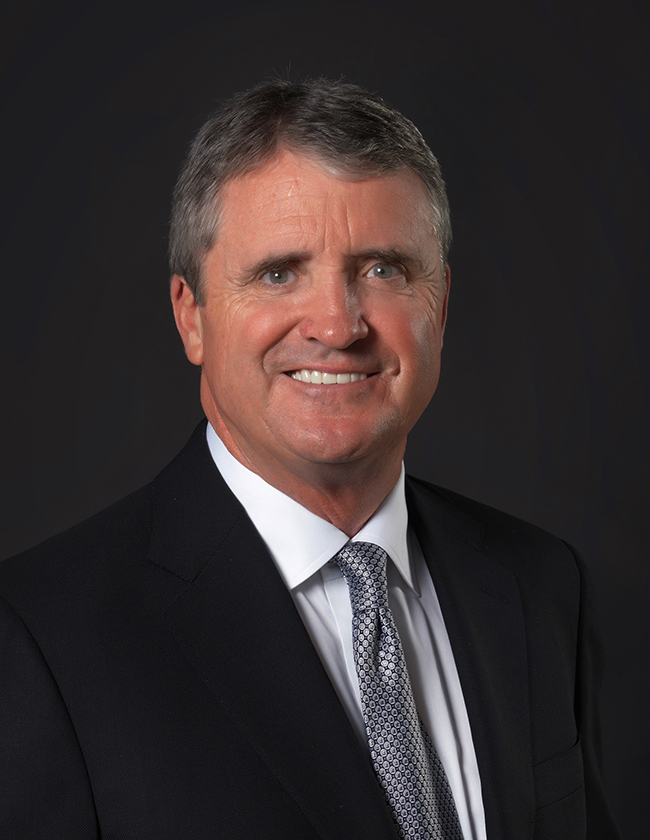While most laypeople associate augmented reality (AR) and virtual reality (VR) with gaming and entertainment, these revolutionary technologies are beginning to gain global recognition for helping medical professionals treat, prevent and raise awareness about serious diseases and conditions.
I have a unique perspective on the applications of AR and VR technology. My company customizes premium cases for the shipment and storage of medical devices and equipment, electronics, AR/VR technology and industrial equipment. Historically, the clients requesting AR/VR cases for shipment or storage are typically in the entertainment or gaming space. But more and more, we’re seeing an overlap with medical clients who need cases engineered specifically for delicate medical equipment.
It bears noting that virtual reality is by no means new to medicine and healthcare; it’s been used in various capacities since the late 1990s.1 In those days, VR was used primarily for surgical planning and simulations as well as intraoperative navigation. In the years since, the use of VR has become much more widespread, from extensive use in multiple types of surgery to clinical medicine, training and education, pain management, psychology and psychiatry.2
For example, VR is increasingly being used to treat people such as veterans suffering from post-traumatic stress disorder. In these instances, VR is combined with exposure therapy: A VR scenario is created to simulate the conditions of the traumatic event or events. The person with PTSD relives the event or events multiple times via VR in a controlled environment, typically over a longer period of time. In many cases, this prolonged, frequent exposure ultimately desensitizes the sufferer to the previously paralyzing triggers.3
At the patient level, VR is frequently used to help distract patients from stressful procedures or pain, and to guide physical and cognitive rehabilitation. At the professional level, VR has been particularly useful in strategic planning and education, enabling doctors to map out complex operations and helping medical students to learn complicated procedures in an intensely realistic but no-risk simulation.3
Augmented reality technology, on the other hand, is still nascent, but it’s beginning to be implemented into medicine and healthcare by start-ups and venture capitalists. According to Forbes, one start-up is developing AR technology to map CT scans on patients, so that physicians can see the scan superimposed in real time on the patient, rather than having to look away from the patient and consult the screen where the CT scan image is located.4
Both AR and VR require substantial equipment and technology, including head-mounted displays with tracking, noise-canceling headphones and manipulation/navigation devices.3 As the technology develops and continues to perform successfully in medicine, the demand for it will inevitably skyrocket—and so will the need for transporting and storing the delicate and valuable equipment that the technology depends on. Helping to deliver this life changing—and in many cases lifesaving—technology to medical professionals and their patients is one of the unexpected and greatest rewards of my work.
References
- R. M. Satava and S. B. Jones, “Current and future applications of virtual reality for medicine.” Proceedings of the IEEE, vol. 86, no. 3, pp. 484-489, March 1998.
- Li, L, et al. (2017). Application of virtual reality technology in clinical medicine. Am J Transl Res, 9(9), 3867–3880. Retrieved from https://www.ncbi.nlm.nih.gov/pmc/articles/PMC5622235/
- Parkin, S. (2017, March 16). How Virtual Reality Is Helping Heal Soldiers With PTSD. Retrieved from https://www.nbcnews.com/mach/innovation/how-virtual-reality-helping-heal-soldiers-ptsd-n733816
- Fink, C. (2017, September 28). How VR Saves Lives In The OR. Retrieved from https://www.forbes.com/sites/charliefink/2017/09/28/how-vr-saves-lives-in-the-or/#502adf523099








